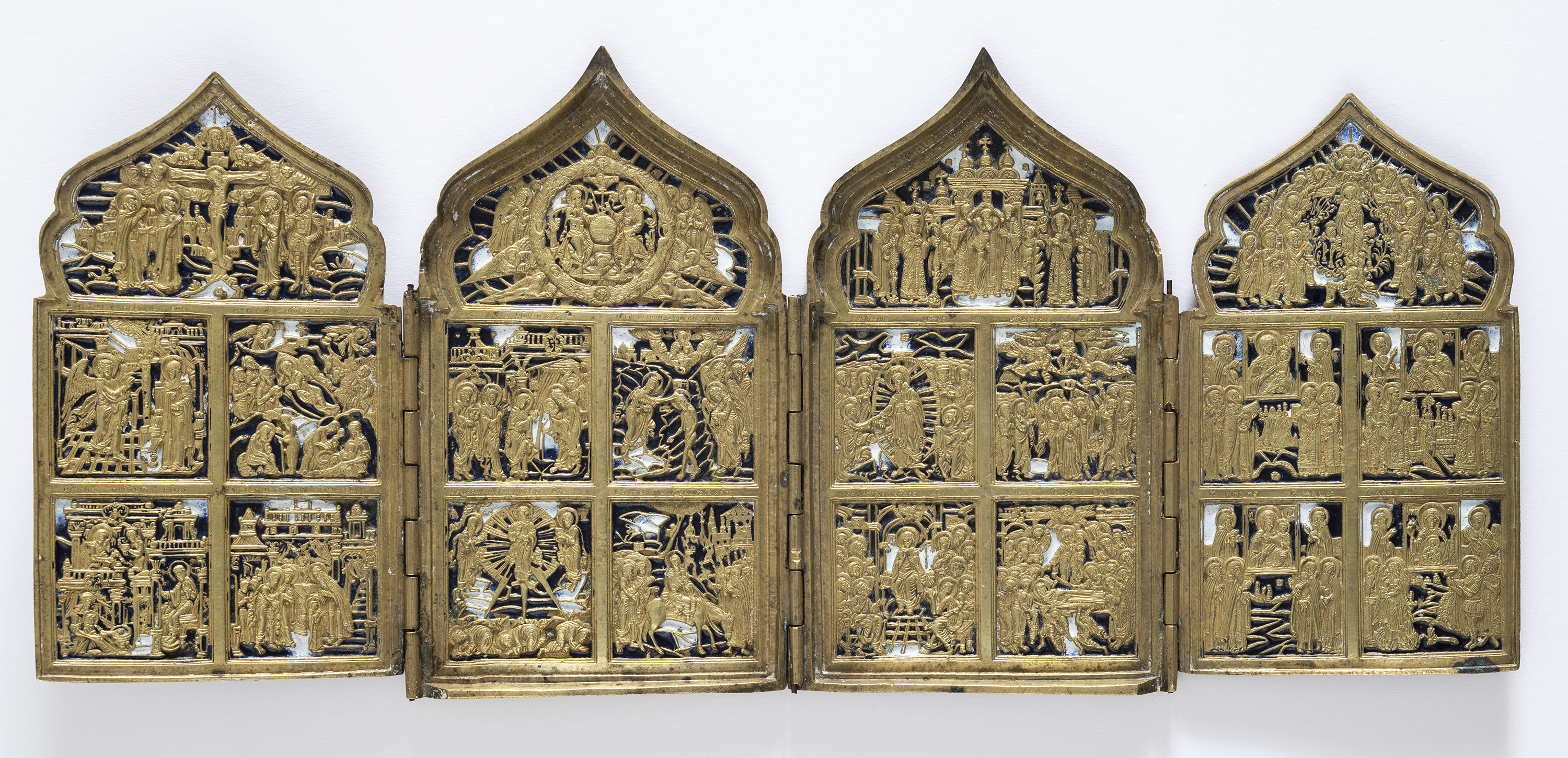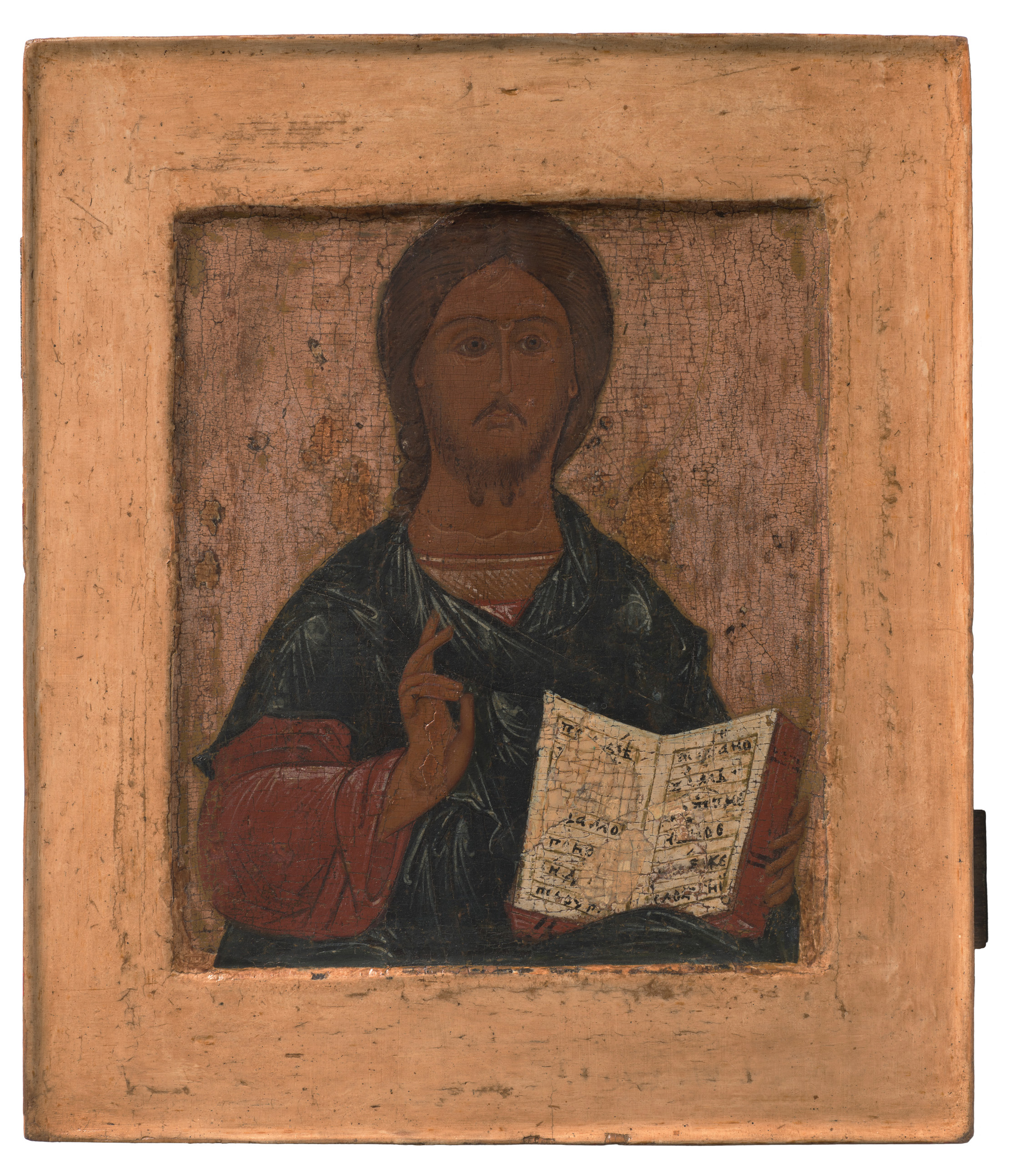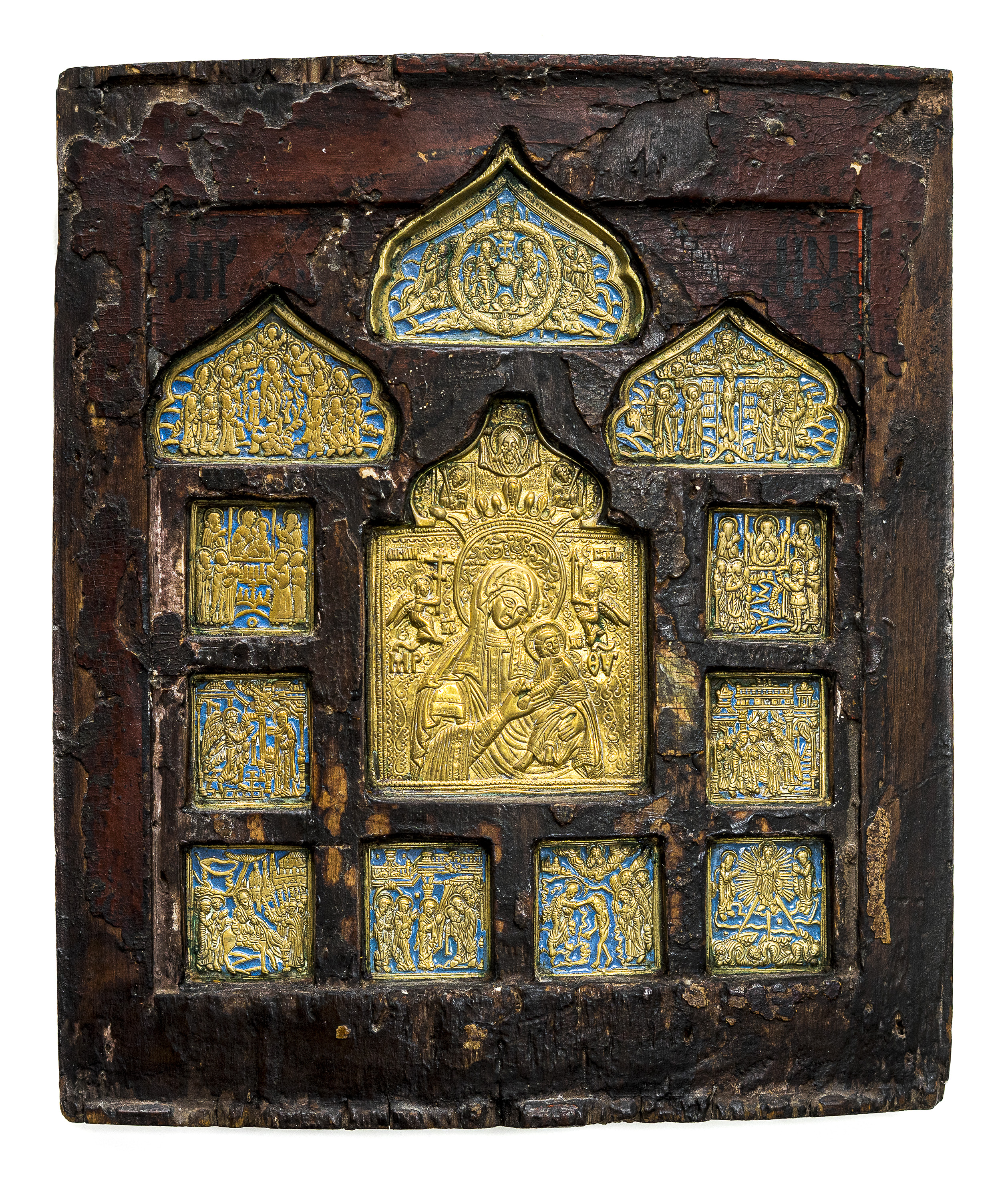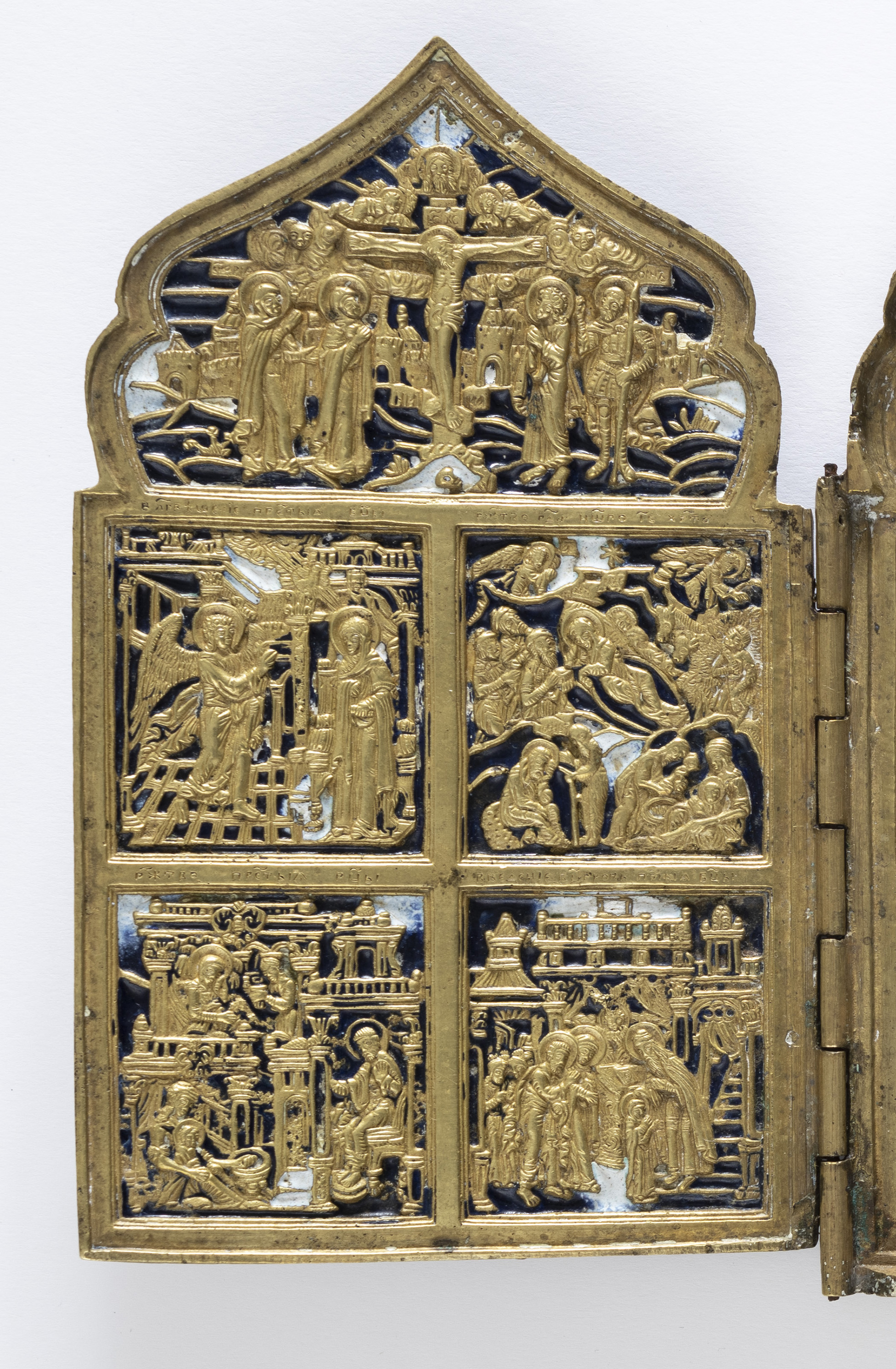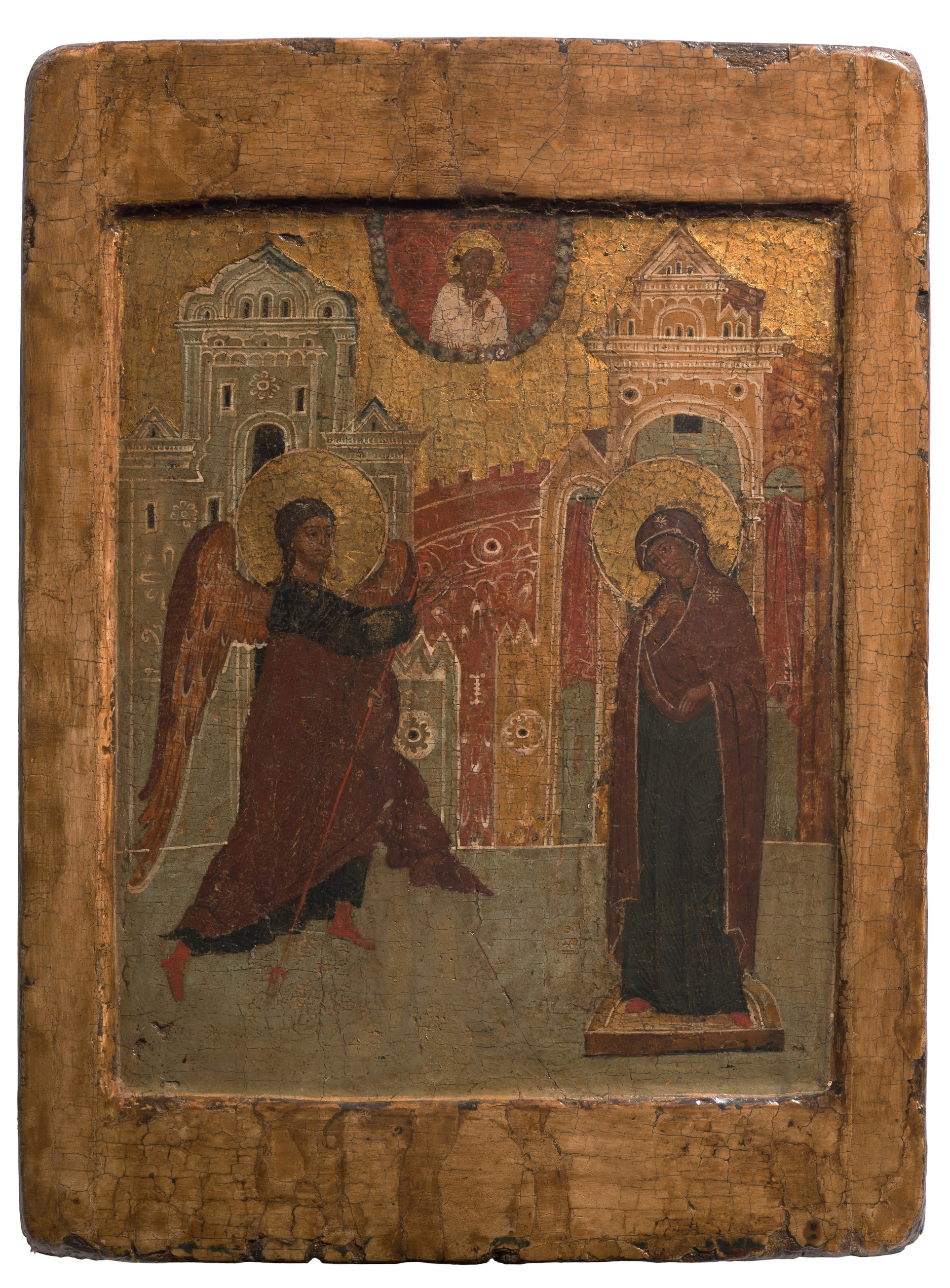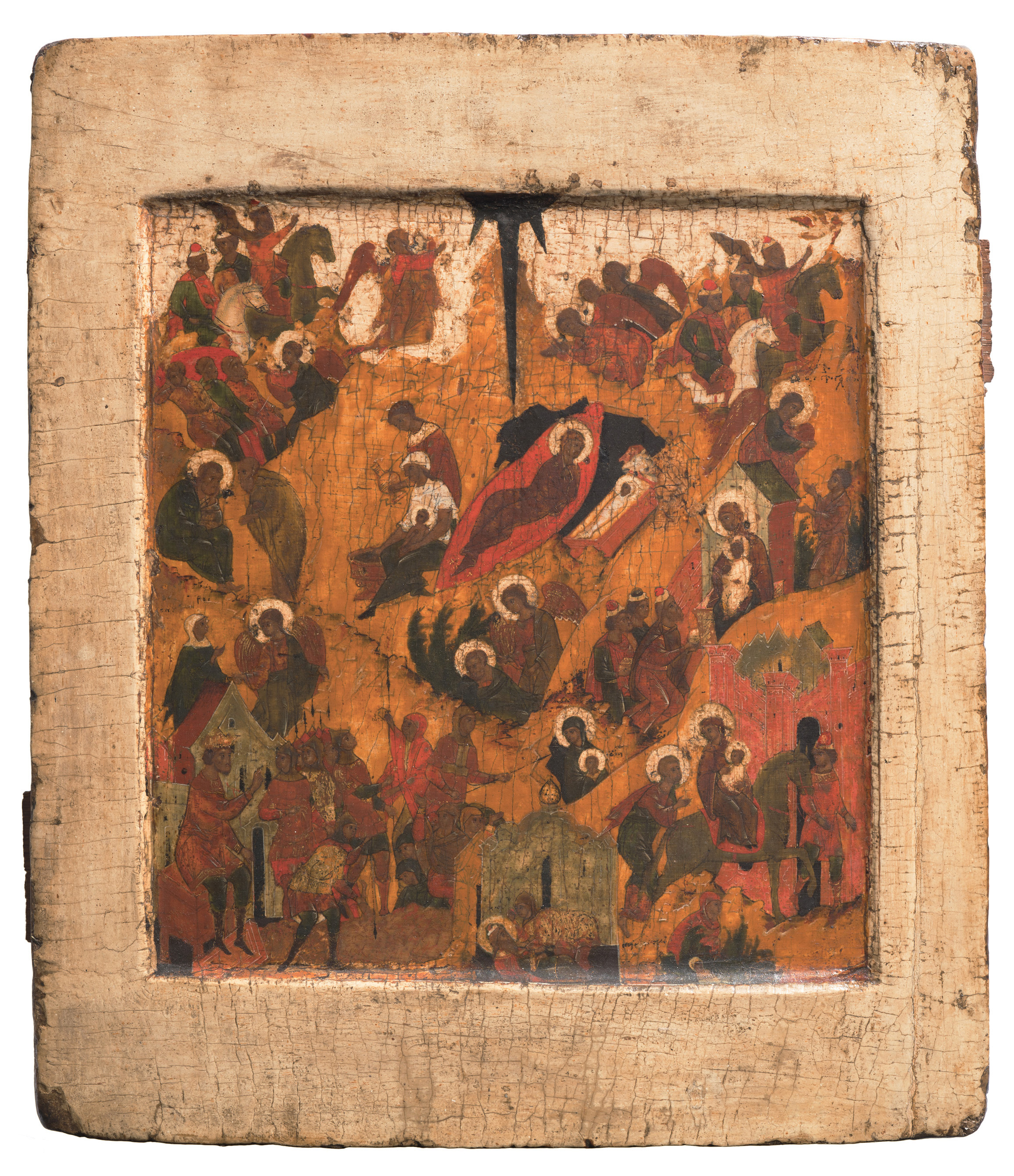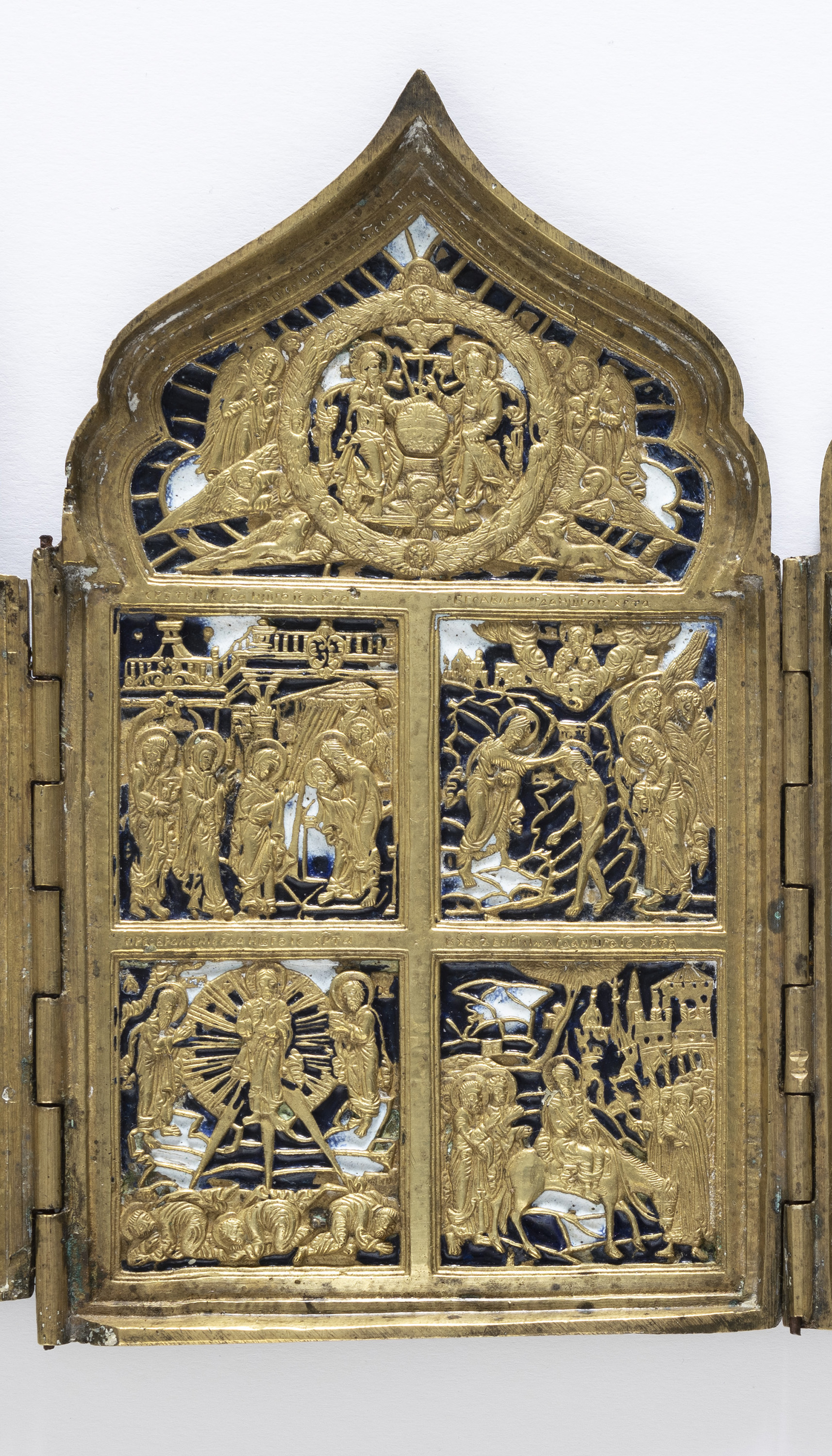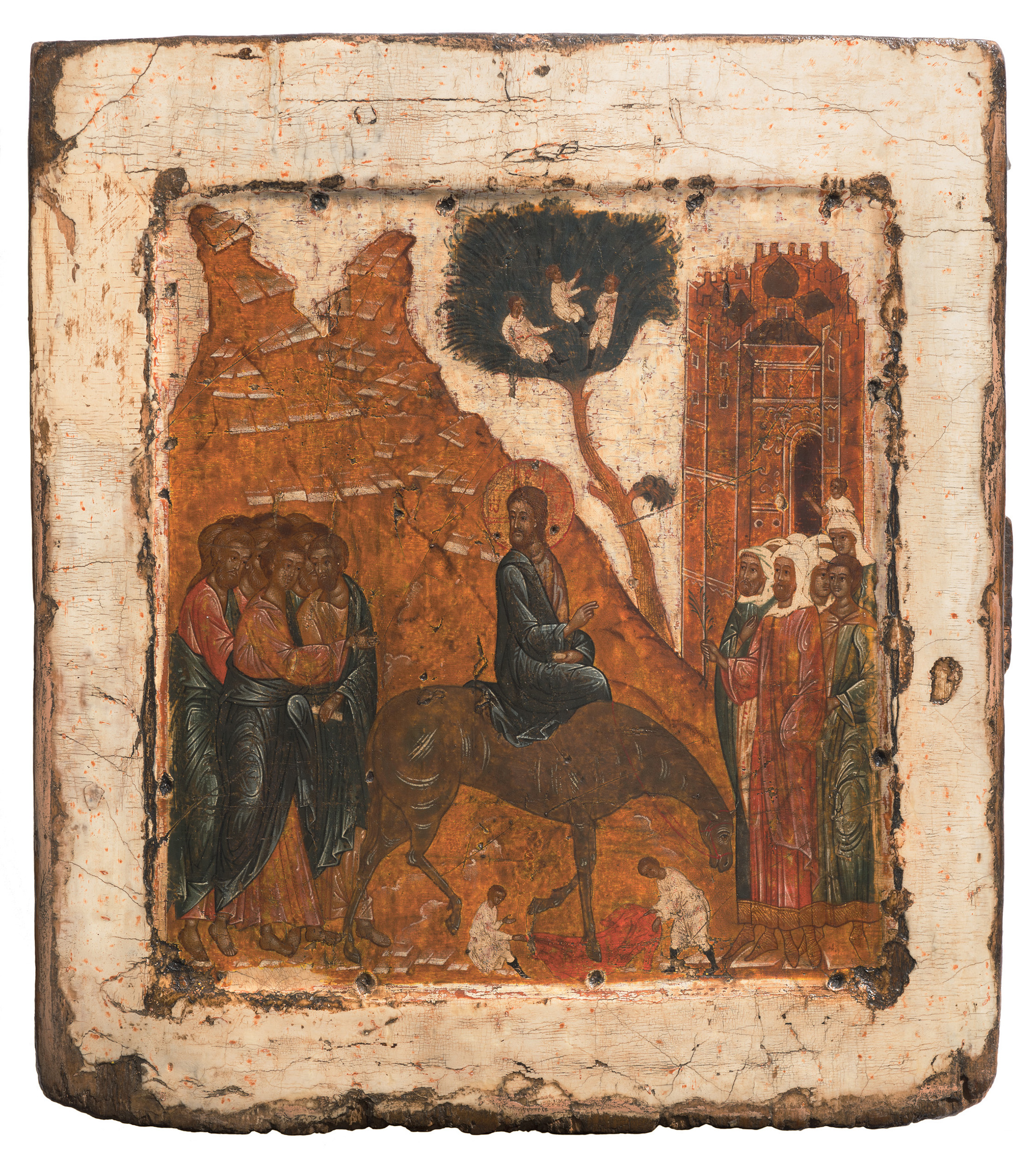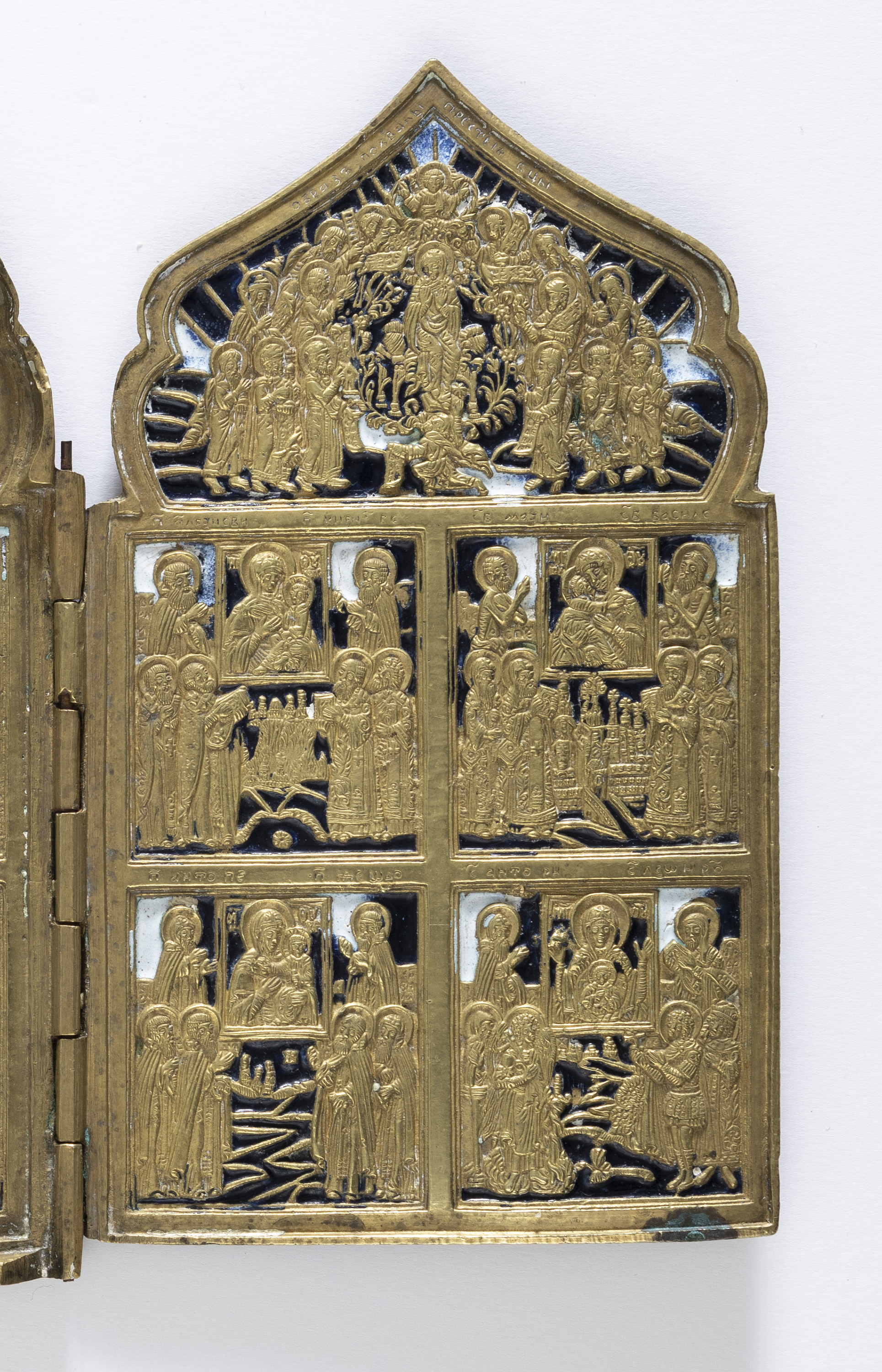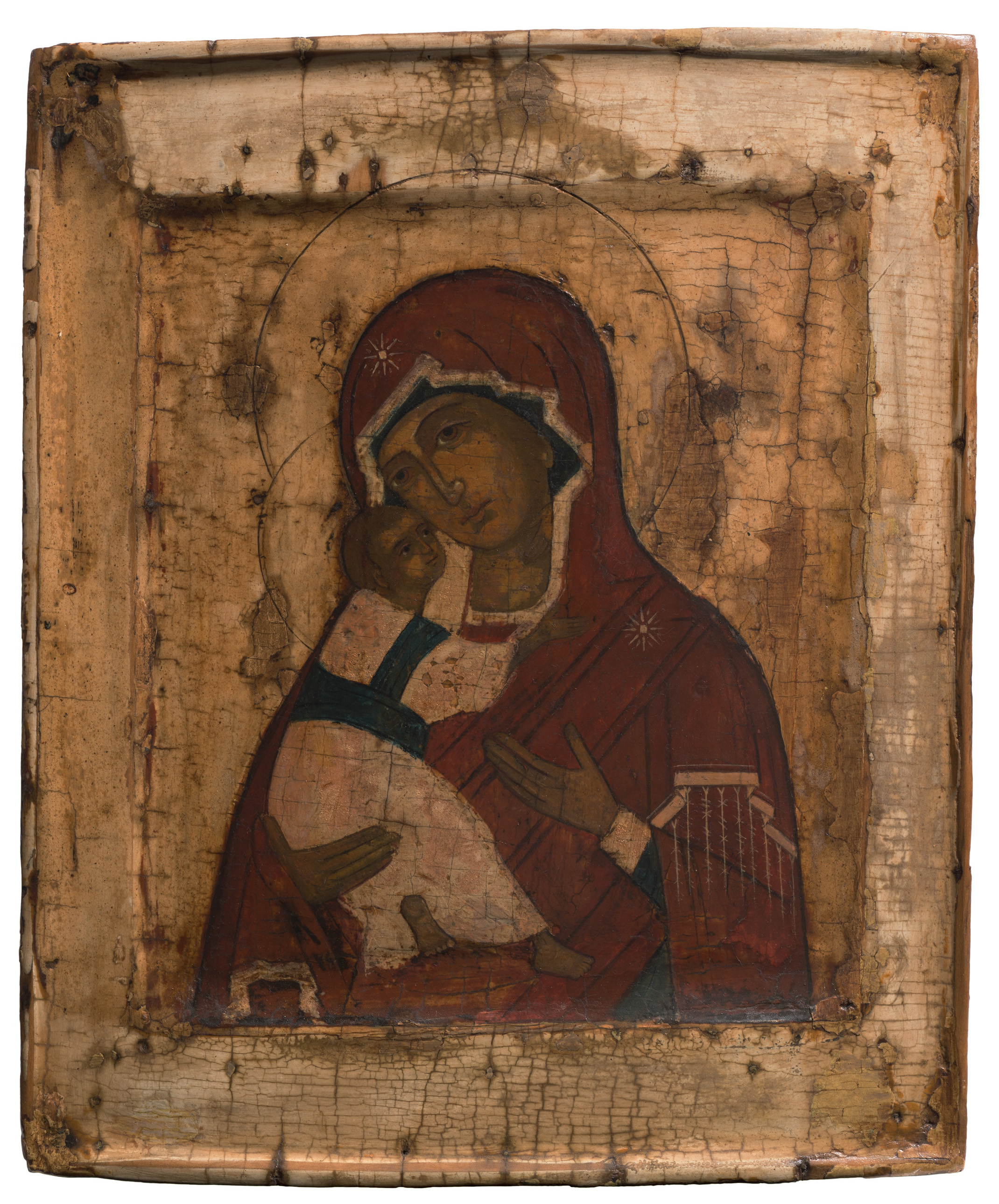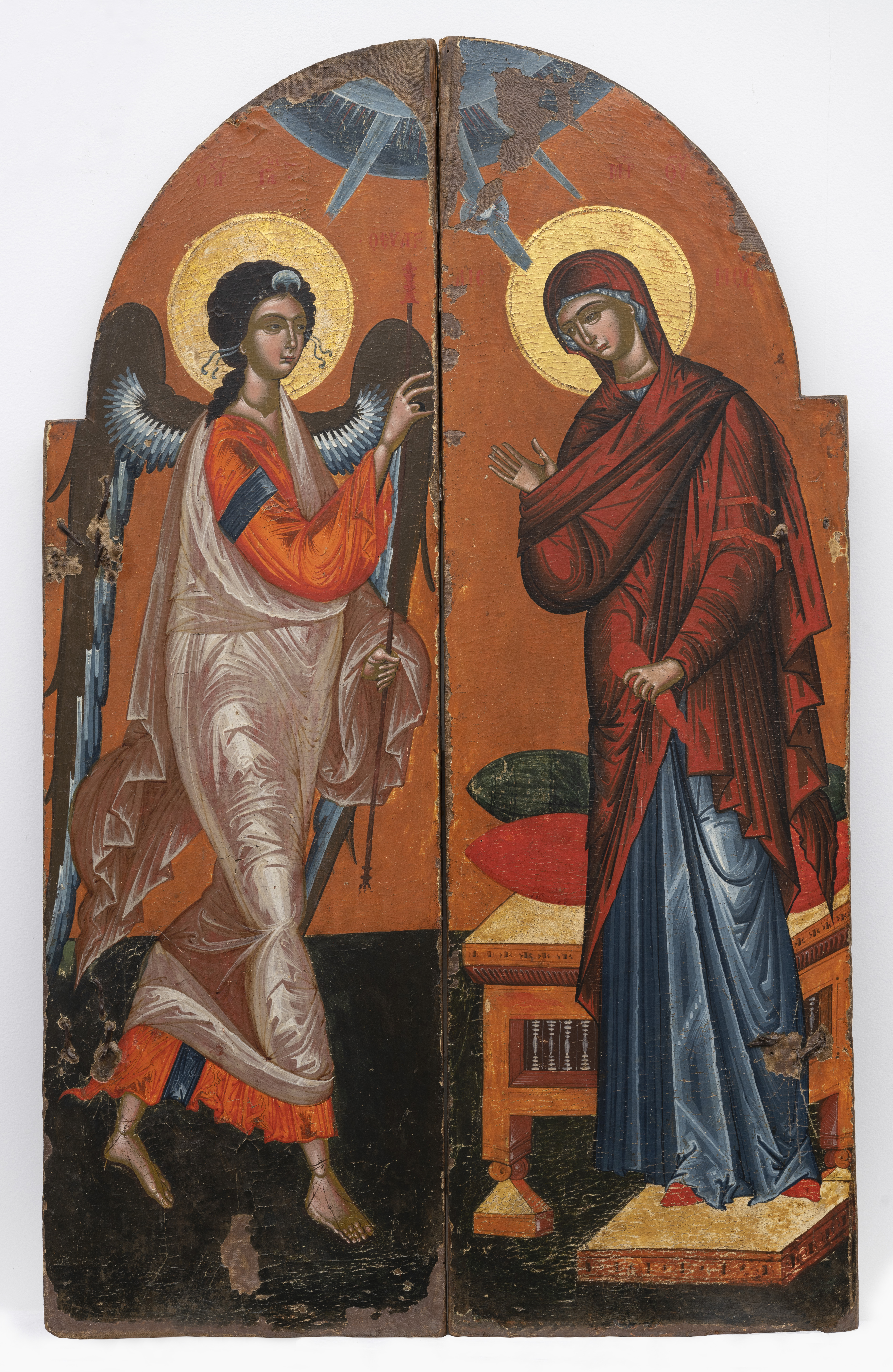For the Church in Russia, the late 17th century was a turbulent time. Between 1654 and 1656, Nikon, the Patriarch of Moscow, enacted reforms aimed at bringing the Church under his authority into conformity with the Church of Constantinople. The changes might seem very minor to us today – the number of fingers used in the gesture of blessing; the length and number of certain prayers; the spelling of Jesus’ name, and the use of polyphonic singing rather than plain chant – however at the time their impact was profound.
To many of the faithful these innovations were seen to interfere with age-old practices and were perceived as the work of the Devil. For Nikon and his master, Aleksey Romanov, the Tsar of Moscow (reign 1645-1676), the stakes were high. Aleksey was at war with the Catholic Poles and Lithuanians, who had for 200 years occupied the traditional heartlands of Orthodoxy around Kyiv/Kiev (now Ukraine). The Orthodox faithful in this region were subject to the Church in Constantinople and already used its liturgy. Making the Russian Church conform was intended to secure the allegiance of these people.
Neither Nikon nor Aleksey anticipated the ferocity of the response of their subjects across all classes but especially in the monasteries, which saw themselves as bastions of a ‘pure’ Russian Orthodoxy. The official response to those who refused to conform was brutal. Between 1665 and 1695 thousands of people were killed or exiled, including all the leaders of an opposition movement that had started to call itself the Starovery or Old Believers. The Tsar’s people in turn called the traditionalists Raskolniki or Schismatics – a terribly insulting term, because it implied not only that these people were outlaws, but also that they were damned.
The response of the official Church and the Tsar’s soldiers was so brutal that no bishops joined the resistance, and without the consecrating hands of a bishop no new priests could be ordained. Over the following 50 years all the priests who had maintained the old rituals died and by the 1730s, the Starovery were forced to come to terms with the reality that they had become the Bezpopovtsy – ‘Priestless Ones’.[1]
With the Sacrament of the Eucharist no longer possible, it must have seemed as if the final days or the world of the Antichrist had begun. Where they could, these Priestless Old Believers fled into the forests of the far north, especially the shores of the White Sea. Some also found a refuge in Poland and Lithuania. Beyond the Tsar’s borders or where his soldiers were less powerful these people formed communities and built small prayer houses. Without any priests to consecrate the Eucharist, these chapels did not need a sanctuary, where icons were typically displayed; instead, the iconostasis was moved to the rear of the building where it became the focus of ancient prayers made not by priests but the laity.
By Peter the Great’s time (reign 1682–1725), the practice of the Old Belief was a capital offence in the Russian Empire. There, to be an Old Believer, one prayed at home in private. Occasionally the persecutions relented but for the most part it was very dangerous to adhere to the old ways. The last major persecution happened in the 1850s during the reign of the ultra-authoritarian Tsar Nicholas I (reign 1825–55). Only after the revolution of 1905 was an edict passed allowing Old Believers to build places of worship and to pray in public.
